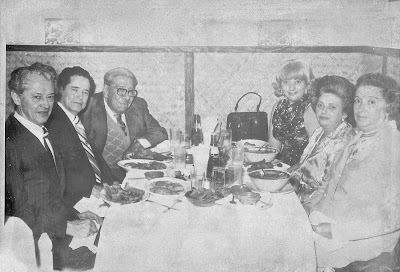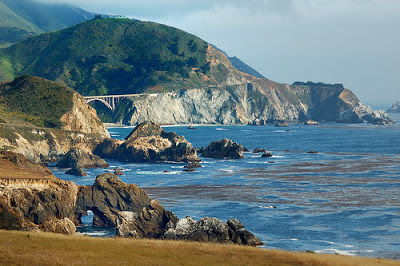 |
| The National Palace offices of the President of Mexico, Zócalo, downtown Mexico City. Courtesy Anthony Stanley, Flickr Images, Creative Commons. |
Federal District,
Central de Bomberos,
Mexico City 1, D.F.
Gentlemen,
I was one of the eleven survivors of the recent Astor Fire on May 13, 1978. Several brave and heroic firemen rescued all of us from the seventh floor of the building at V. Carranza #63.
At the time of our rescue, I had no conception of the seriousness or the extent of the fire.
Unbeknownst to my mother or the relatives she was visiting, the fire that had trapped them in their penthouse apartment had been caused by an act of terrorism in the neighboring Astor department store.
It had not been an isolated incident. In the months leading up to the fire, there had been a rash of explosions in banks and other facilities in major Mexican cities. The federal government had been cracking down on several revolutionary individuals and organizations. A conglomeration of guerilla groups known as the People’s Union came together in early 1978, retaliating against what was known as the government’s “dirty war,” referring to the period from 1943 – 1981, during which it was alleged to have used a secret police force to round up insurgents and detain and torture them in secret prisons. (1) On Friday evening, May 12, only hours before the fire erupted, police had detonated 16 explosives in four stores and three banks in the downtown historic area (2), not far from Astor and my uncle Enrique and aunt Meche Huesca’s home at 63 Venustiano Carranza Street.
They had not been entirely successful, despite their best efforts; the bombs in two stores escaped detection by the authorities.
The fact remains that at some time, presumably that Friday, there had been a flurry of activity in the Astor and Blanco department stores, and it had nothing to do with clearance sales.
One or more guerilla operatives of the People’s Union made their way through Astor Department Store’s first and possibly second floors and the Blanco Department Store, which was a block away. At Astor, they concealed explosive devices in various places throughout the store and set them to detonate after midnight, several hours after closing. According to investigative journalist Laura Castellanos, this was “to avoid having victims” – a tenet held by some, but not all the members of the People’s Union. (3)
Whether or not the group had planned on causing human casualties, it would appear they did intend to cause a significant amount of chaos in the downtown financial district. This would have strained the capabilities of the police and fire departments to the breaking point, possibly necessitating a National Guard or military-type of support response. Some later mused that the havoc might have made the nearby National Palace and federal government offices, blocks away, more vulnerable to an attack. Thankfully, it was not so in the end.
Twenty minutes into Saturday, May 13 (4), several strong explosions ripped through the school supplies department at Astor, radiating quickly across the lower floors and swallowing up the mostly paper, plastic, and fabric merchandise in flames like matches in a tinderbox. The blasts killed a night watchman at the store. (5) He would be the first of 58 casualties.
As the fireball traveled through the lower floors, it shot through a large passageway that connected the department store with the mezzanine of the La Galia building next door at 63 Venustiano Carranza. Under an agreement between Astor and the owners of La Galia, the passageway had served as a delivery corridor for and service entrance to the department store. Now it acted as a vacuum, sucking the fire from Astor in reverse delivery to La Galia’s mezzanine (6), effectively closing off any exit for its sole residents on the seventh floor and connecting the two buildings in a perilous trap.
About an hour later, another major blast followed at the Blanco Department Store (7), barely a block away, at the corner of Venustiano Carranza Street and 5 de Febrero Avenue. This explosion, detonated by one or more bombs in the clothing racks, also ignited a major fire in that store.
Acts of violence take their toll ruthlessly, usually on the innocent, whether they are the intended targets or not.
NEXT: Part 3 – In God’s Hands
To read the other installments in this series, please click on the links below:
The Astor Fire, Part 1 – The Gift of Life
The Astor Fire, Part 3 – In God’s Hands
The Astor Fire, Part 4 – Angels in Asbestos Garb
The Astor Fire, Part 5 – A Firefighter’s Ability to Love
The Astor Fire, Part 6 – Aftermath
The Astor Fire, Part 7 – Epilogue: I Will Remember
**********
Copyright © 2013 Linda Huesca Tully










